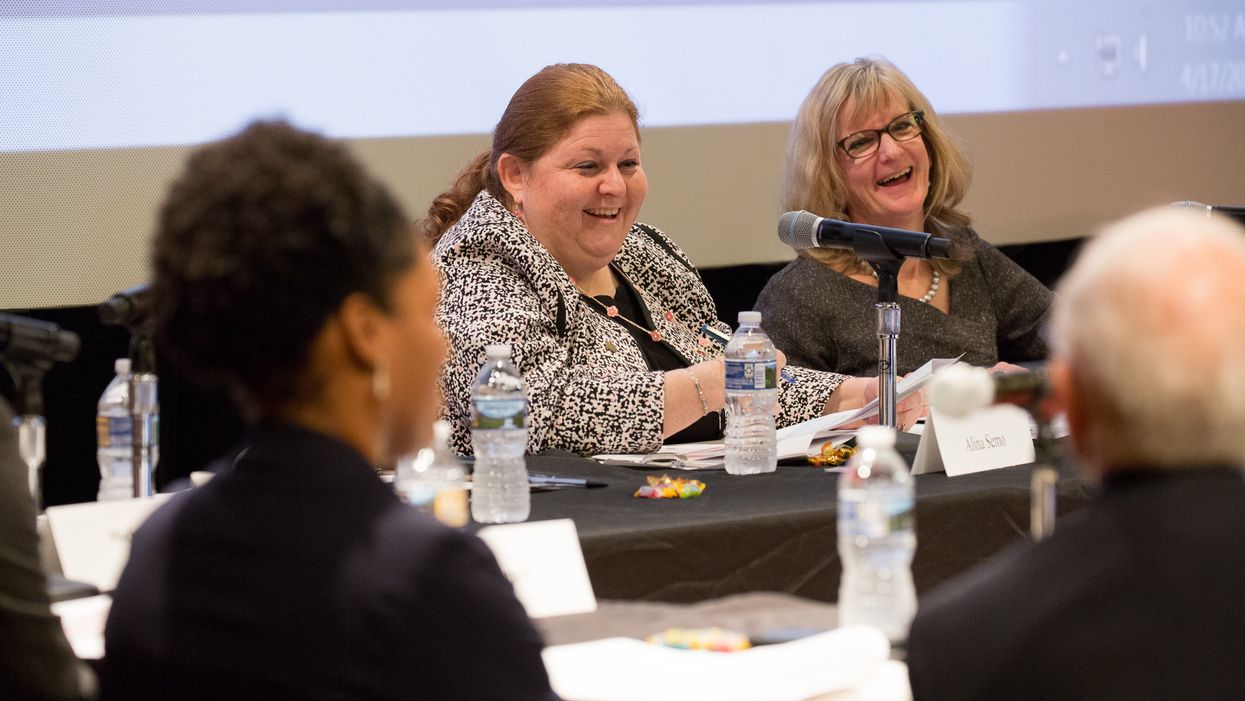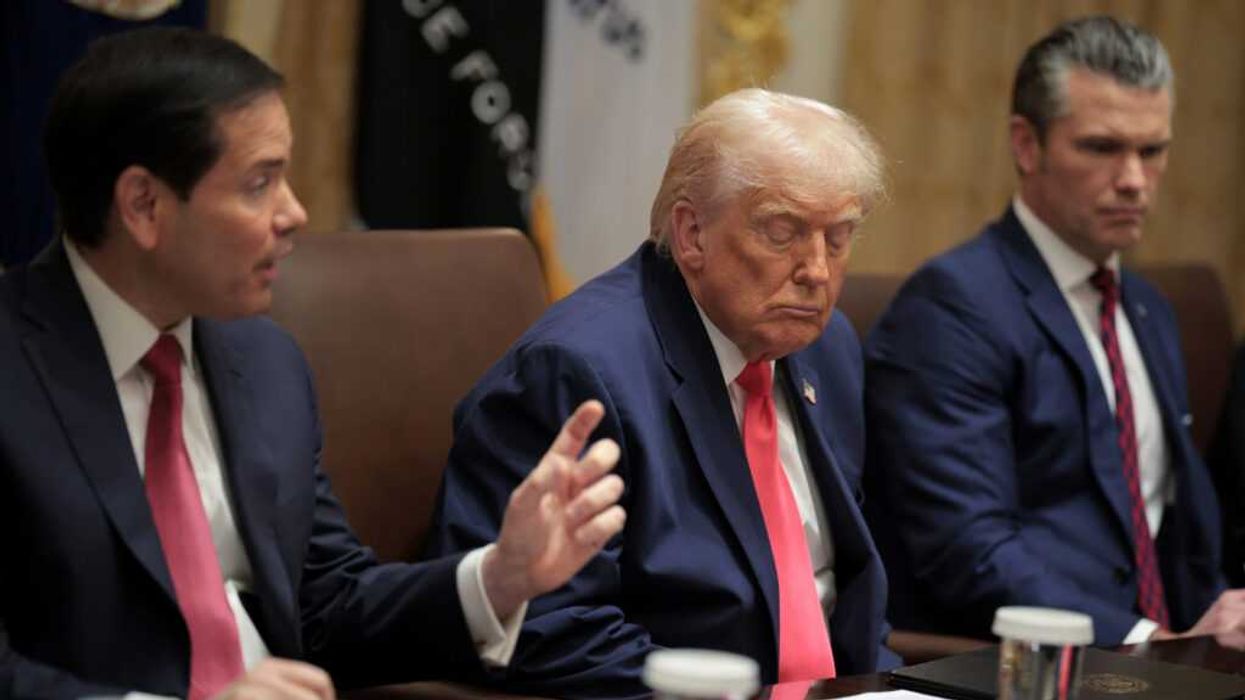Moulton is a senior policy analyst at the Project on Government Oversight.
In an outright rejection of the basic concept that the federal government makes better decisions when it gets experts' input, President Trump recently issued an executive order instructing all federal agencies to eliminate at least one-third of their advisory committees that aren't required by law. This is sure to do more harm than good. In fact, it may well drive input from outside experts — on everything from public health to cybersecurity, from trade to civil rights — into the shadows, where we don't know who agencies are hearing from, what is being said and where the public doesn't have a voice.
Executive Order 13875 directs agencies to eliminate committees that have achieved their objectives or whose subject matter is obsolete. The order also sets an arbitrary government-wide cap of 350 advisory committees not required by law, which will impede agencies from getting timely advice on policy decisions and other federal actions.
Let's take a step back and talk about where federal advisory committees come from and why we have them. While the federal government has many experienced personnel, it still needs the knowledge of outside experts and the perspectives of different stakeholders to inform decision-making. Until the early 1970s, this process was largely opaque. Each agency came up with its own way to gather input, and how transparent to be about it. Some held public hearings and convened blue-ribbon commissions to solicit advice, but others made crucial policy decisions in private meetings, with no accountability.
Then, in 1972, Congress passed the Federal Advisory Committee Act to create an open and formal process for the government to receive objective advice on a wide range of issues. Normalizing the system was intended to ensure that all agencies were running advisory committees the same way. The law required agencies to be transparent about these committees, including publishing the membership and backgrounds of all members, holding meetings open to the public and giving the public advance notice of meetings, and issuing minutes from all meetings. In short, it made sure the public knew what was going on and could participate in the process. It was an effort to cut down on the backroom deals that benefited few and eroded public trust in the government.
The current number of active committees has hovered around 1,000 for several years, according to a 2016 Congressional Research Service report. A little more than half are required by various laws, so they can't be eliminated. About 450 committees that are authorized but not required by law, or were initiated under agency authority, are the ones eligible for elimination and are the main target for the order. So a third of those, roughly 150 committees, are potentially on the chopping block. (The order exempts committees providing scientific advice on the safety of products as well as those at agencies with fewer than three eligible committees, so the final number of advisory committees lost through this process will likely be a bit lower in the end.)
I served two terms on a federal advisory committee to modernize the Freedom of Information Act. The FOIA process is a critical tool for holding agencies accountable and uncovering hidden truths, allowing anyone to request and receive records from federal agencies unless the records are protected under specific exemptions. But the system has long been plagued by problems and needless barriers including long backlogs of requests, overly broad use of exemptions to avoid disclosure, and unnecessarily high fees. The advisory committee made up of agency officials, requestors, and academics sought improvements that agencies could implement. In the end, we agreed on a series of substantive recommendations, including a long list of records that agencies should proactively disclose without waiting for requests. Committees like this serve an important purpose both as a vehicle for agencies to get regular input from different perspectives and as a method of holding the government accountable.
I'm not claiming that every advisory committee is perfect and vital to the proper functioning of the federal government. The federal advisory committee system is far from perfect. The committees can be cumbersome to manage for agencies. Too often, committees' memberships are imbalanced, with an overreliance on industry and private-sector participation and too little input from public-interest groups and academics. Loopholes allow some committees to make many of their decisions behind closed doors by having subcommittees and working groups tackle large portions of the work, with limited or no public reporting of the process. Agencies receiving recommendations from advisory committees often don't offer an official response to the advice, leaving the results of the process unclear.
But the solution to these problems isn't to simply eliminate advisory committees. Agencies will continue to need outside expert advice — so if these formal committees disappear, I'm concerned that agencies will revert to less formal processes to get advice, without an open process and or public participation. Closed-door meetings with industry lobbyists as agencies' primary source of advice would be a huge step backwards — a return to uneven process across the agencies and less public trust in the results.
Instead of randomly cutting away at committees, the president should improve the process we have, build on what works and solve identified problems. A better executive order would keep the transparency and accountability but find ways to make working with committees easier and faster for agencies. The administration should be setting standards to ensure a greater balance of views in the membership of committees so that agencies get a broader, more objective perspective from their committees.
It's a mistake for the administration to ignore the importance of advisory committees and cast aside transparency and accountability for some theoretical streamlined expediency. It's not in the public's best interest for agencies to be making decisions on complicated matters without the benefit of expert advice — or for agencies to privately pick and choose who gets to give advice.



















